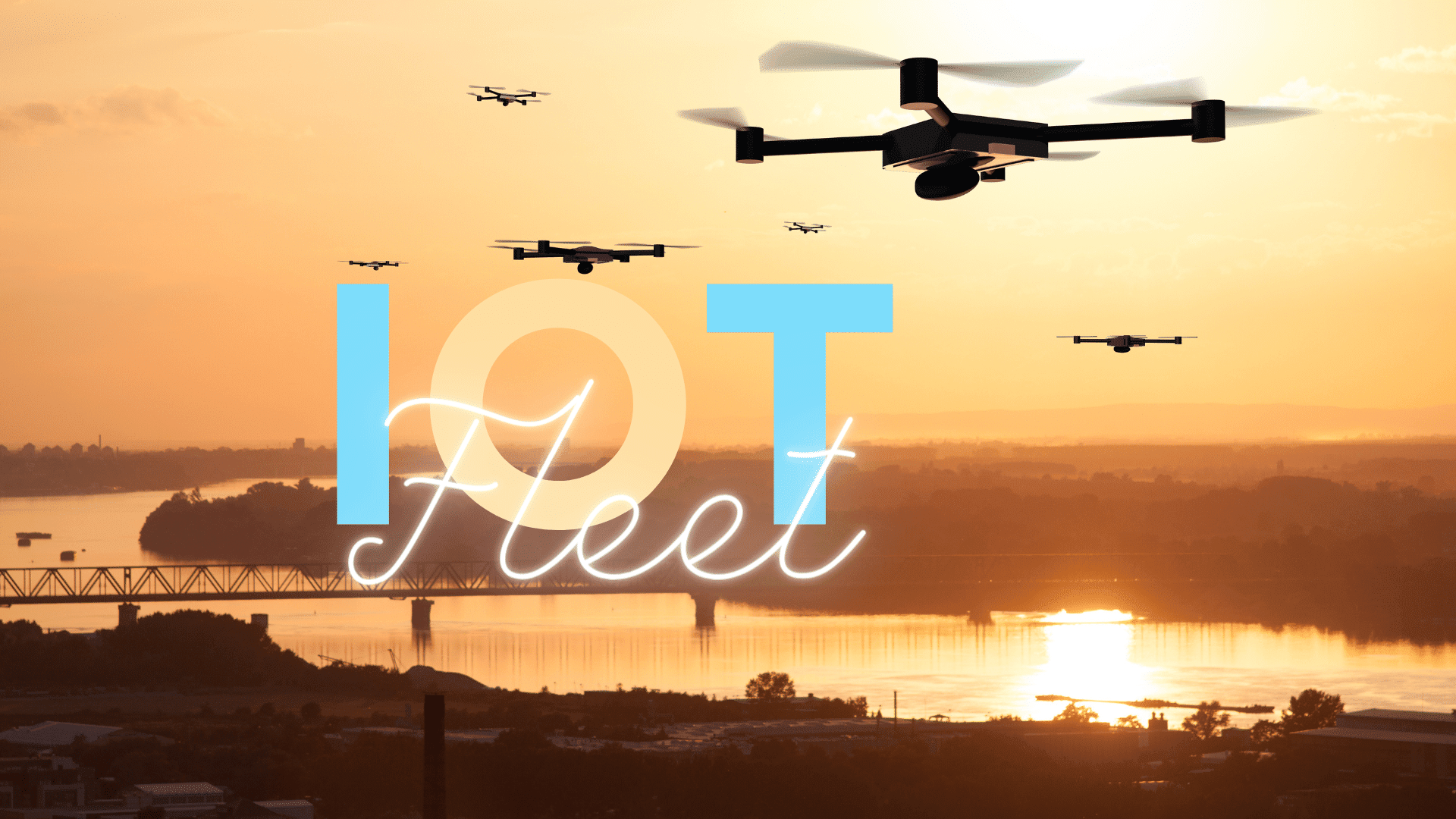IoT Fleet Management Features and Value
The COVID-19 pandemic has had a significant impact on the world and businesses globally had to reconsider the ways in which they do business in a time where traditional safety regulations and standards were all but abandoned.
These made way for more stringent health and safety requirements that resulted in businesses needing to rethink their entire planning process to accommodate these requirements. Here, the Internet of Things (IoT) has proved crucial.
Not only does it allow businesses to provide seamless connectivity to essential staff workers working in the field, but it also allows businesses to improve their efficiency in their daily operations.
But here’s the thing. With businesses increasingly relying on IoT devices in their daily activities, it has the potential of becoming complicated. The devices in the fleet need to be maintained, monitored, and updated to ensure that operations run smoothly.
This is where IoT fleet management comes in. It helps businesses to make better decisions by enabling digitalization and providing businesses with measurable insights into their business operations.
But what is IoT fleet management and what value does it offer businesses who use it. In this post, we’ll look at this question in more detail.
What Is IoT Fleet Management?

So, what exactly is IoT fleet management. In simple terms, it lets organizations manage their remote Linux and other IoT devices from one central hub.
To do this, it typically has the following capabilities:
- It gives organizations full visibility of their device fleet and it provides maintenance features and extensive information on every device. In this way, organizations can see the device state, software version, technical details, loss, and location.
- It gives organizations the ability to access the fleet of devices remotely to enable them to perform over-the-air updates and monitor devices’ states.
- It enables organizations to sort out issues quickly because it’s capable of sending alerts to the organization when a device has crashed or malfunctions.
- It gives organizations the ability to access the devices at any time which enables them to manage and monitor them from wherever they are.
- It typically integrates any type of Linux IoT device without the need for extensive configurations or integrations necessary.
- It contains all the necessary security tools which ensure that devices on the fleet are secured at all times.
What Features an IoT Device Management Platform Needs To Have
Before looking at the features that an IoT device management platform needs to have, we must look at where we are coming from to see how these features offer an overall improvement in the systems of the past.
Before the advent of IoT, smart devices were just called embedded devices or embedded systems. These devices were used to control all sorts of electronic equipment and were standalone devices that would be programmed separately. As a result, it wasn’t necessary to update or maintain them often, and they were left to do the job they were designed to do.
These devices typically used some sort of firmware or real-time operating system (RTOS). As IoT devices became more popular, however, there has been a shift towards using a Linux operating system.
This shift enabled these devices to have far more features and abilities, the chief of which is to let them communicate with each other better.
This has brought about one significant change, though. Whereas devices running firmware or RTOS don’t need to be managed and maintained that often, Linux-based IoT devices should be managed, monitored, updated, and controlled regularly. This is to ensure that it always runs the latest software and has the latest security updates.
Now, one or two devices don’t pose a significant problem, but these devices are often used in deployments of hundreds or even thousands. As such, manual updates are simply out of the question.
As a result, an IoT device management platform is necessary. This platform makes the process of monitoring, maintaining, and updating these devices far simpler. This is because it enables organizations to control, maintain and monitor these devices remotely.
To effectively do this, the IoT device management platform needs to have four crucial features. These are:
- OTA updates. Over-the-air (OTA) updates ensure that the IoT devices always have the latest software installed with the latest bug fixes and security updates. This reduces the possibility of vulnerabilities in the system while, at the same time increasing the device’s performance.
- Remote control and access. For the effectiveness of IoT deployments, the devices must be capable of being accessed remotely. Whether it’s a local or overseas deployment, accessing the devices remotely at any time makes it easier to troubleshoot issues with a device and fix problems.
- Remote monitoring. For the overall effectiveness of an IoT deployment, all the devices in the deployment must run in their ideal condition. Because of this, it’s crucial to be able to monitor the condition of the devices like their internal hardware parameters, sensor readings, and acquired data samples remotely. This makes it easier to identify issues and fix errors earlier. As such, remote monitoring is an integral part of remote IoT device management.
- Security. It’s vital that IoT devices in a deployment can be accessed remotely through a secure channel that allows the rollback of changes in the event something goes wrong without needing physical access to the system. In simple terms, if the platform does not have this feature, all the other features are useless.
The Value of IoT Fleet Management

For organizations that need to manage their product feet, an IoT device management platform offers an all-in-one, end-to-end solution. It gives organizations problem-solving capabilities through a single cloud platform which enables them to detect issues and resolve them remotely. As a result, their connected products are effectively managed.
In addition, it adds the following value for organizations:
- It reduces their product maintenance costs. Because organizations can manage their devices remotely and update and fix issues when necessary, they don’t have any product recalls or support issues. It’s simple, because an IoT device management platform enables them to solve the issues remotely, they, ultimately, save costs on their maintenance expenses.
- They have more satisfied clients. Because the platform allows organizations to monitor their IoT devices remotely, they can receive alerts and fix software issues even before a client notices. They’re also able to add features and deploy new software that will increase customer satisfaction. All the while, customers have seamless use of the device without knowing what’s going on behind the scenes.
- It helps them to save their developers’ time. Because the platform simplifies the process of remotely managing a product, it frees up developers’ time to work on other more important things and concentrate on innovation. This enables organizations to implement new features into their product constantly.
- It allows them to focus on their product. The IoT device management platform manages the complete infrastructure of the product fleet. Ultimately, this means organizations don’t have to spend countless hours on managing their infrastructure and they can use this saved time to focus on improving their product and their customer satisfaction.
Final Thoughts
Simply put, when businesses increasingly rely on IoT devices for their daily operations, they need an efficient solution to manage, monitor and update their fleet of IoT devices remotely.
An IoT device management platform allows businesses to do this. It enables businesses to:
- Get instant insights into their entire device fleet from a central hub which enables them to gather data and make better decisions based on real-time data.
- Gather information from and monitor their entire fleet of devices from one place.
- Update their entire fleet of devices remotely with the capability to deploy updates in batches which, in turn, ensures reliability.
Ultimately, businesses with a fleet of IoT devices can no longer be without it.



